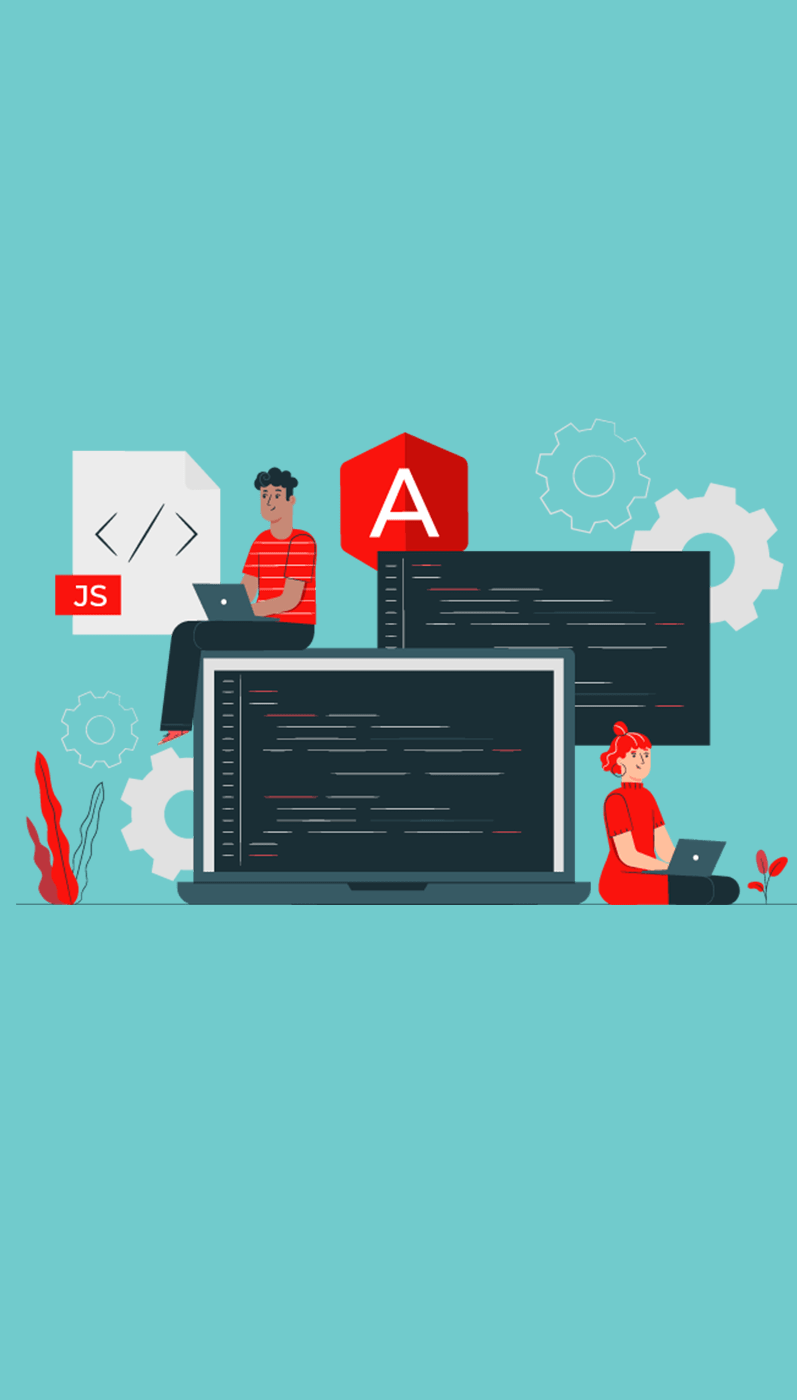Create dynamic interfaces using Game Development
These are few technologies We use for Game Development:
Game development is the process of creating video games, involving a combination of artistic vision, technical skills, and design principles. It encompasses various stages, from initial concept to final product. Here’s an overview of the key components and stages in game development:
Key Components of Game Development
Concept and Design:
Idea Generation: The initial phase where the concept for the game is created. This includes brainstorming ideas, themes, and gameplay mechanics.
Game Design Document (GDD): A comprehensive document that outlines the game’s concept, gameplay mechanics, story, characters, level design, and overall vision.
Pre-Production:
Prototyping: Creating a basic version of the game to test core mechanics and feasibility.
Planning: Defining the scope, timeline, budget, and resources needed for the project. This includes selecting the game engine and development tools.
Production:
Art and Animation: Creating visual assets, including characters, environments, objects, and animations.
Programming: Writing the code that defines the game's functionality. This includes implementing gameplay mechanics, AI, physics, and user interface.
Audio: Designing and integrating sound effects, music, and voice acting to enhance the gaming experience.
Level Design: Crafting the levels or environments where the game takes place, ensuring they are engaging and challenging for players.
Testing:
Quality Assurance (QA): Rigorous testing to identify and fix bugs, glitches, and other issues. This includes playtesting to ensure the game is fun and balanced.
Beta Testing: Releasing a version of the game to a limited audience to gather feedback and make final adjustments.
Launch:
Marketing: Promoting the game through trailers, social media, press releases, and other marketing strategies to build hype and attract players.Distribution: Releasing the game on various platforms (PC, consoles, mobile, etc.) through digital stores or physical copies.
Post-Launch:
Updates and Patches: Continuously improving the game by fixing issues and adding new content based on player feedback.
Community Engagement: Interacting with the player community through forums, social media, and events to maintain interest and support for the game.
Game Development Roles
Game Designers
Programmers
Artists and Animators
Sound Designers and Composers
Writers
Quality Assurance Testers
Producers/Project Managers
Game Engines
Programming Languages
Art and Animation Tools
Audio Tools
Develop Across All Platforms
Technical Complexity:
Market Competition

Time and Budget Constraints
Player Expectations
Future Trends in Game Development
Virtual Reality (VR) and Augmented Reality (AR): Expanding immersive gaming experiences.
Artificial Intelligence (AI): Enhancing gameplay with advanced AI for characters and environments.
Cross-Platform Play: Enabling players to play together across different devices and platforms.
Cloud Gaming: Streaming games from powerful servers to a variety of devices, reducing the need for high-end hardware.
Indie Game Development: The rise of independent developers creating innovative and unique games.
Game development is a dynamic and evolving field, combining creativity and technology to create engaging and memorable gaming experiences.
